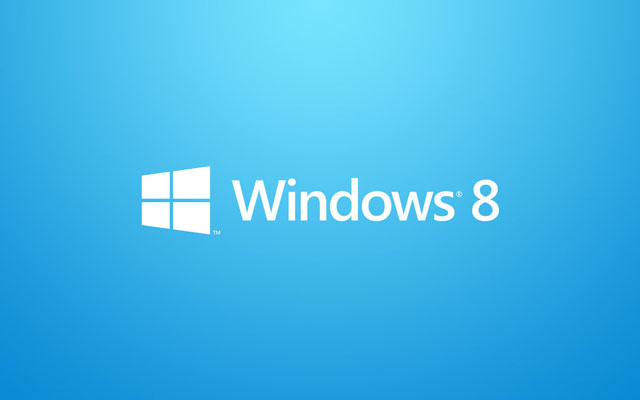
Microsoft has released the last preview version of its forthcoming Windows 8 operating system earlier a week earlier than expected.
The most obvious change between the consumer preview and the version released this week is the vast improvements that have been made to the built-in Metro applications that will eventually ship with the final product.
The pre-release preview includes Internet Explorer 10 and Windows 8 apps for Hotmail, SkyDrive and Messenger, in addition to a wide range of third-party applications.
Though many Windows 8 users will get the software when they buy new computers and other devices, millions of Windows 7, Vista and XP users will want to upgrade. Windows 8 promises more efficient use of both memory and processor and smaller disk-space footprint.
These improvements are clearly aimed at the burgeoning Ultrabook market, with these machines’ limited memory and smaller solid-state drives, but desktop users should benefit from improved performance, too, even on slightly machines.
Desktop users can also expect to benefit from better support for multiple monitors than in previous versions of Windows and greater flexibility around layout and taskbar placement.
Microsoft will undoubtedly be using Windows 8 to drive its cloud computing strategy, the lynchpin of which is SkyDrive. Users can expect to see the service heavily integrated into every aspect of the operating system.
One of the obstacles Microsoft faces in uptake of Windows 8 comes from its tile-based start screen. Designed to offer the same experience across devices it relies heavily on the ability to “swipe” in from the left, right, top or bottom of a screen – in the case of mobile devices – or from a touchpad.
Although laptop manufacturers will take this into account when building new devices, for users of older hardware this could prove frustrating. However, one thing mouse users will like are the Mac-like hot corners that now bring up lists of recently used programs or the start screen.
It will be interesting to see how Microsoft deals with the lack of touch support from legacy hardware in terms of the user interface of the final commercial version of Windows 8.
Microsoft rolled out its first test version of the operating system nine months ago and says users have provided millions of hours of testing by means of their use of the various pre-release candidates.
In a blog post on Friday, Microsoft’s president of Windows and Windows Live, Steven Sinofsky, said between now and the final release date Microsoft’s is intent “on continuing to maintain a quality level higher than Windows 7 in all the measures we focus on, including reliability over time; security to the core; PC, software, and peripheral compatibility; and resource utilisation”.
Windows 8 is expected to be available around October. — (c) 2012 NewsCentral Media

